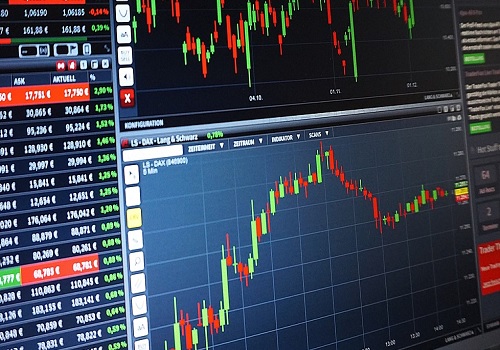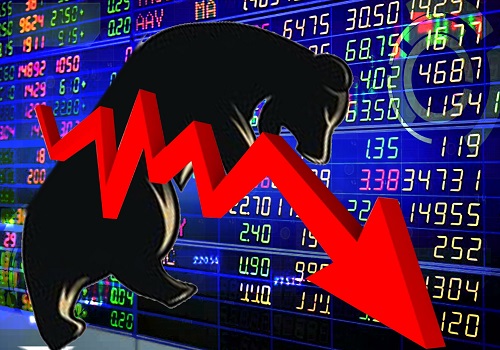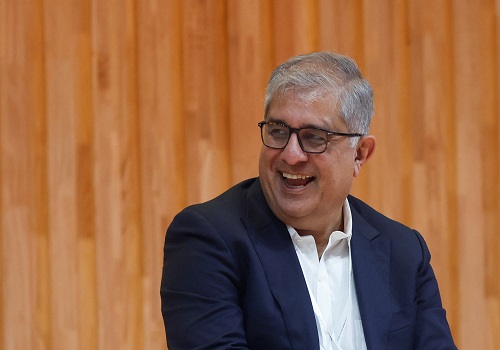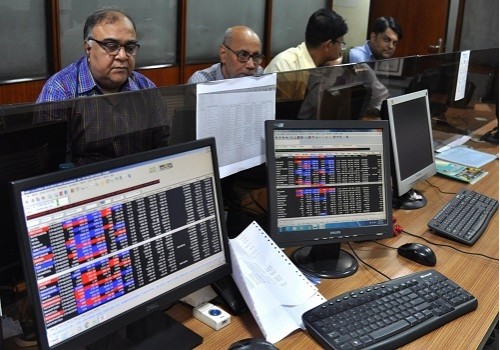It`s a trend that we have observed over the last few years - Morningstar

Follow us Now on Telegram ! Get daily 10 - 12 important updates on Business, Finance and Investment. Join our Telegram Channel
https://t.me/InvestmentGuruIndiacom
Download Telegram App before Joining the Channel
After a confident start of the year, the situation in the stock markets turned chaotic after the long-term capital gain tax in equity investments was introduced in the Union Budget on Feb 1, 2018. This coupled with an unfavorable global scenario resulted in intense volatility in the markets over the last few trading sessions.
Foreign institutional investors, who were net buyers in the Indian equity markets to the tune of USD 2.06 billion in January 2018, turned net sellers in February. So far in the month of February (till Feb 12, 2018) they have sold net assets worth USD 0.81 billion; and most of this selling has happened in the last five trading sessions. However, this isn’t surprising. Amid global sell-off, there is a risk aversion among FIIs. In such a situation, they tend to pull money out of emerging markets like India, which areconsidered to be riskier than developed markets and more susceptible to global risks.
Having said that, it appears that domestic institutional investors are unfazed by the current scenario. So far in February (till Feb 12, 2018), they are net buyers in Indian equities to the tune of USD 1.05 billion (approximately), thus providing a strong support and stability to the stock markets.
It’s a trend that we have observed over the last few years. In the year 2017, DIIs were net sellers in Indian equities only in the month of March;barring that, they remained net buyers in other months. In fact, they bought into Indian equities whenever FIIs were net sellers – for instance in the months of January, August, September and December of 2017. This I believe is a first step towards a matured Indian equity markets.


The increasing participation of DIIs compared to FIIs, reduces the dependence on foreign money giving much needed stability to the markets which is desirable. In addition to that, not only Indian managers, but also investors have started seeing market corrections as an investment opportunity and they try to make the most of it by continuing their investments, which is an ideal scenario.
Also, FII flow tends to be unpredictable as it can move in and out of the markets at quick intervals. This could be attributed to the investment opportunities available at the manager’s disposal and the investment pattern with which the fund is run. While domestic institutional investors don’t have an option than to scout for investment opportunities within India;most of the FIIs on the other hand have global mandates and hence continue to compare India with other markets to evaluate which stands better on risk-reward profile. Hence for them, India is one of the many investment destinations and they won’t hesitate to shun India for a better opportunity elsewhere. Indiamust therefore consistently compete with other comparable markets to attract higher chunk of FII flows and ensure that it is better poised in terms of risk reward profile compared to them.
Above views are of the author and not of the website kindly read disclaimer










Tag News

We anticipate immense potential benefits from the upcoming Sovereign Gold Bond Tranche in FY...












